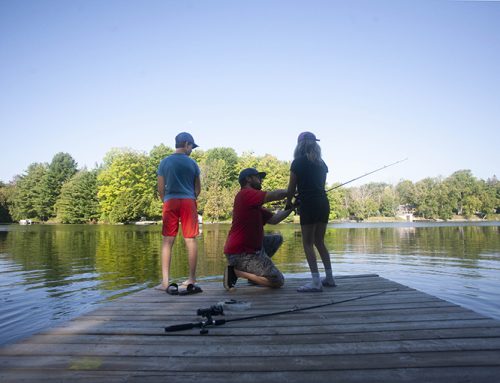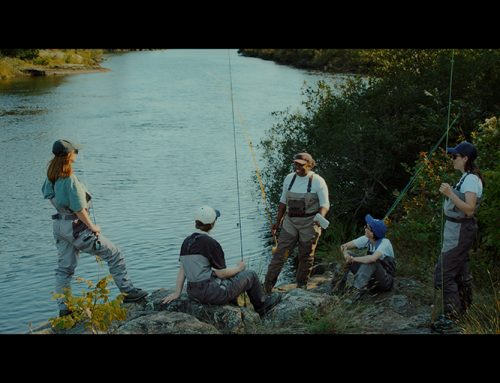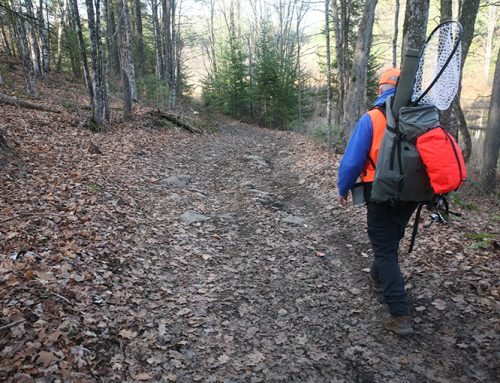
In a long-awaited study released Monday, January 6, the U.S. Army Corps of Engineers put forward 8 options for preventing Asian carp and other invasive species from slipping between the Great Lakes and Mississippi River watersheds.
The Great Lakes and Mississippi River Interbasin Study (GLMRIS) report outlined nonstructural control methods that can be installed or applied quickly and have relatively few potential safety risks associated with their use.
These control methods include the following:
- using nets to remove fish from a water body;
- using registered chemicals to control plants or animals in a water body;
- controlling boat access to a waterway; and
- making cleaning stations available to boats going between different water bodies.
Structural control options outlined in the study include: locks, electric barriers, treatment plants, screened sluice gates and physical barriers.
The timelines for the options range from immediate implementation, to 25 years. Costs are all over the map, with estimates anywhere from $3.4 billion up to $18 billion.
Although there is no clear indication of which solution will be implemented, government officials, scientists and advocacy groups agree that fast action is needed to prevent bighead and silver carp from gaining a foothold in the Great Lakes.
“I concur with the U.S. government that ‘this is the most acute threat facing the Great Lakes today’,” Haldimand-Norfolk MPP Toby Barrett said in a release. “The cost of ignoring, or putting it off, is too great.”
From Barrett’s point of view, “permanent separation of the Mississippi River system from the Great Lakes is the only solution.”
Should Asian carp make their way into the Great Lakes system, they could destabilize the ecosystems and put the $7 billion fishing industry at risk.
Not a silver bullet
However, this report, which was started in 2009, is not the silver bullet that government officials had hoped it to be..
Senator Debbie Stabenow and Congressman Dave Camp of Michigan, who sponsored the 2012 bill that modified the congressional direction of the GLMRIS to look at actionable solutions, said they’d hoped the Corps would recommend 1 course of action and provide a fully developed blueprint for achieving it.
“These options they have provided are nowhere near what they need to be in order for Congress to act on them,” said Stabenow spokesman Cullen Schwarz. “The next step is the Corps needs to continue its work and more fully develop their proposals so we can act.”
But GLMRIS project manager Dave Wethington told The Associated Press the Corps would take no further action without direction from Congress, unless some other agency or organization offers to fund an additional study of one or more options in the document.
“The Corps believes we met the intent of congressional legislation that kicked off the study and a follow-up 2012 measure that set a deadline for completing it,” Wethington said. “What we hope to do now is present the technical information, answer any lingering questions and receive input from the public as part of a record that we can provide to the decision-makers to help them make a choice.”
Environmental groups continue to press for complete physical separation of the watersheds, while groups representing cargo shippers and businesses in the Chicago area remain staunchly opposed.
– with files from Canadian Press.






Bow fisherman. Commence!